TOTEMS
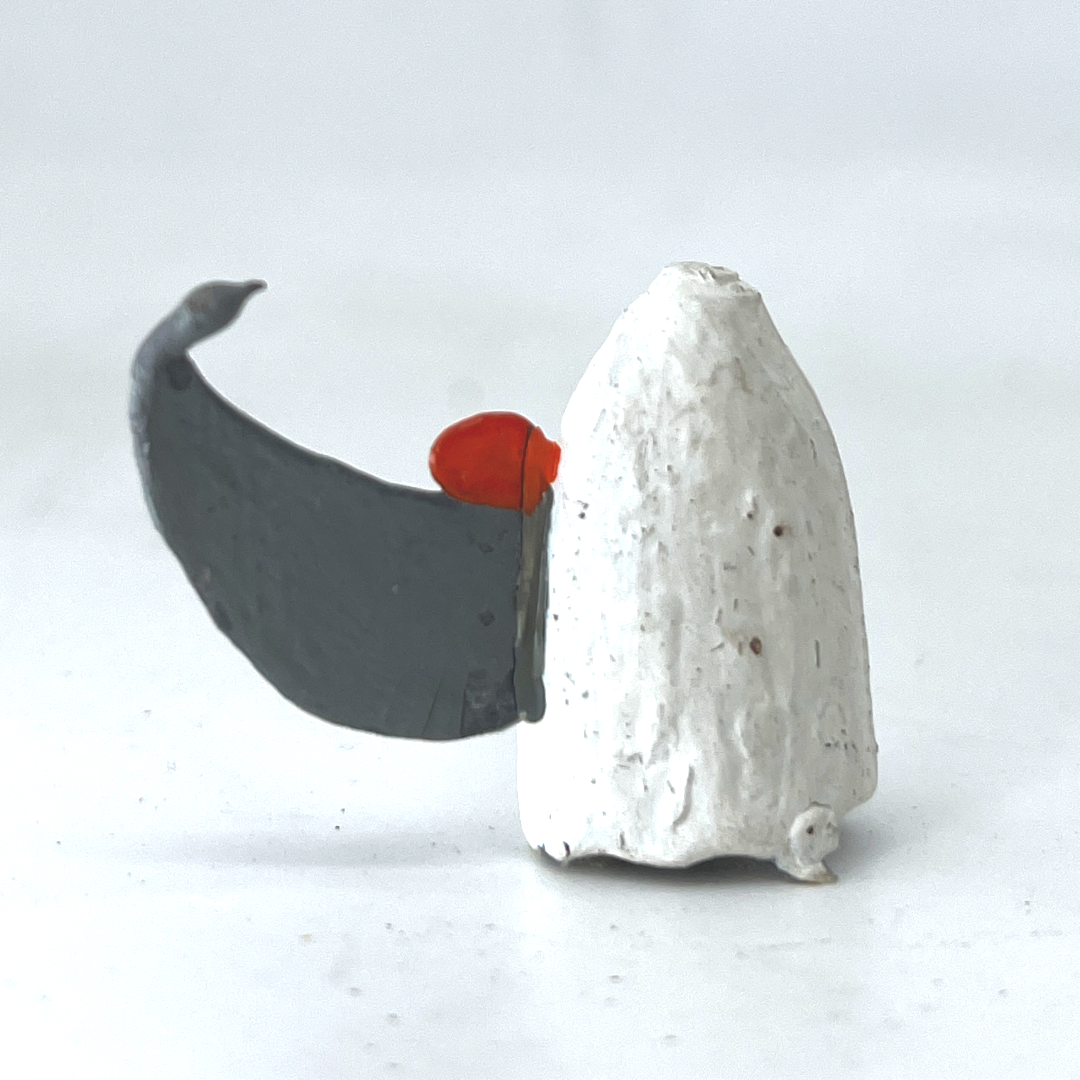
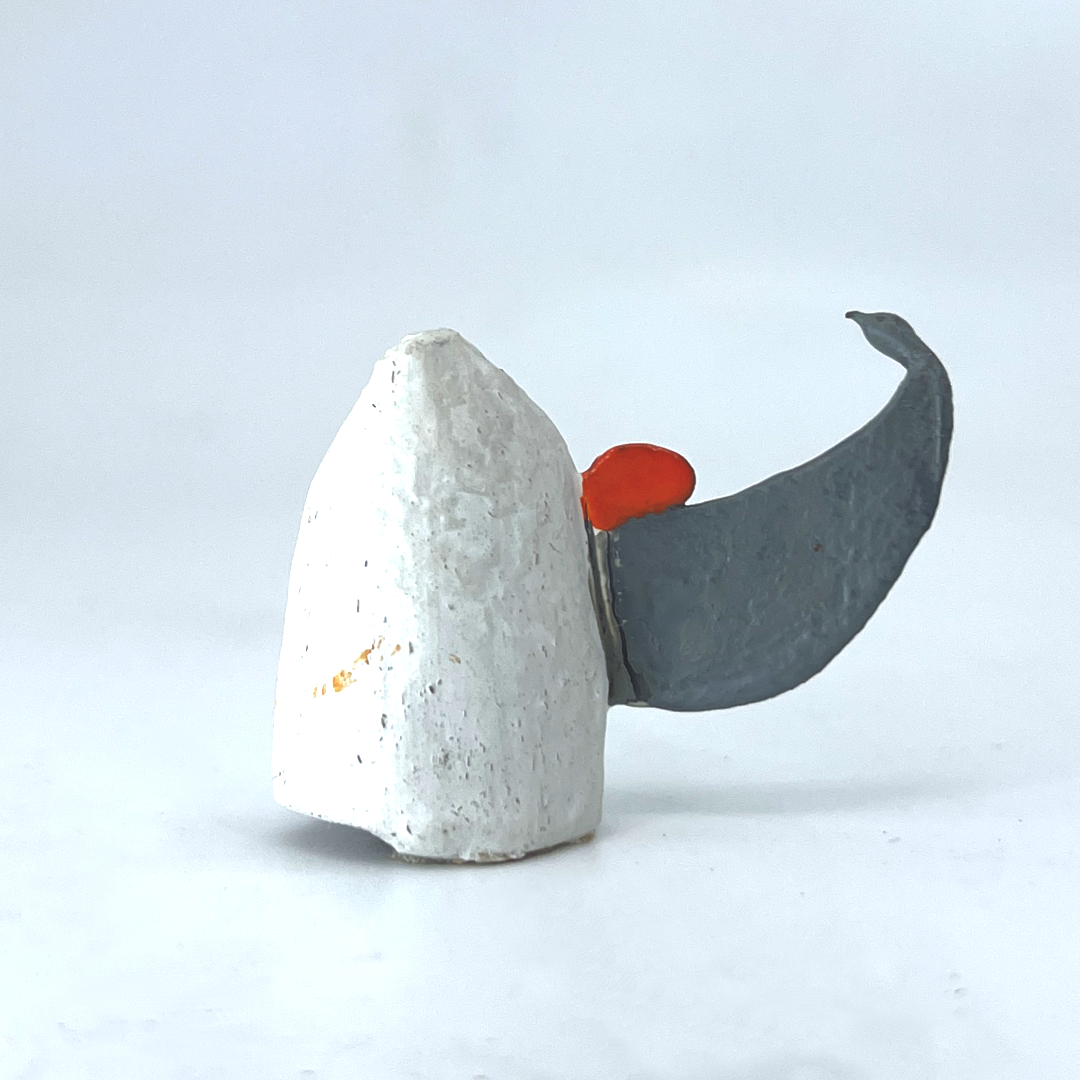













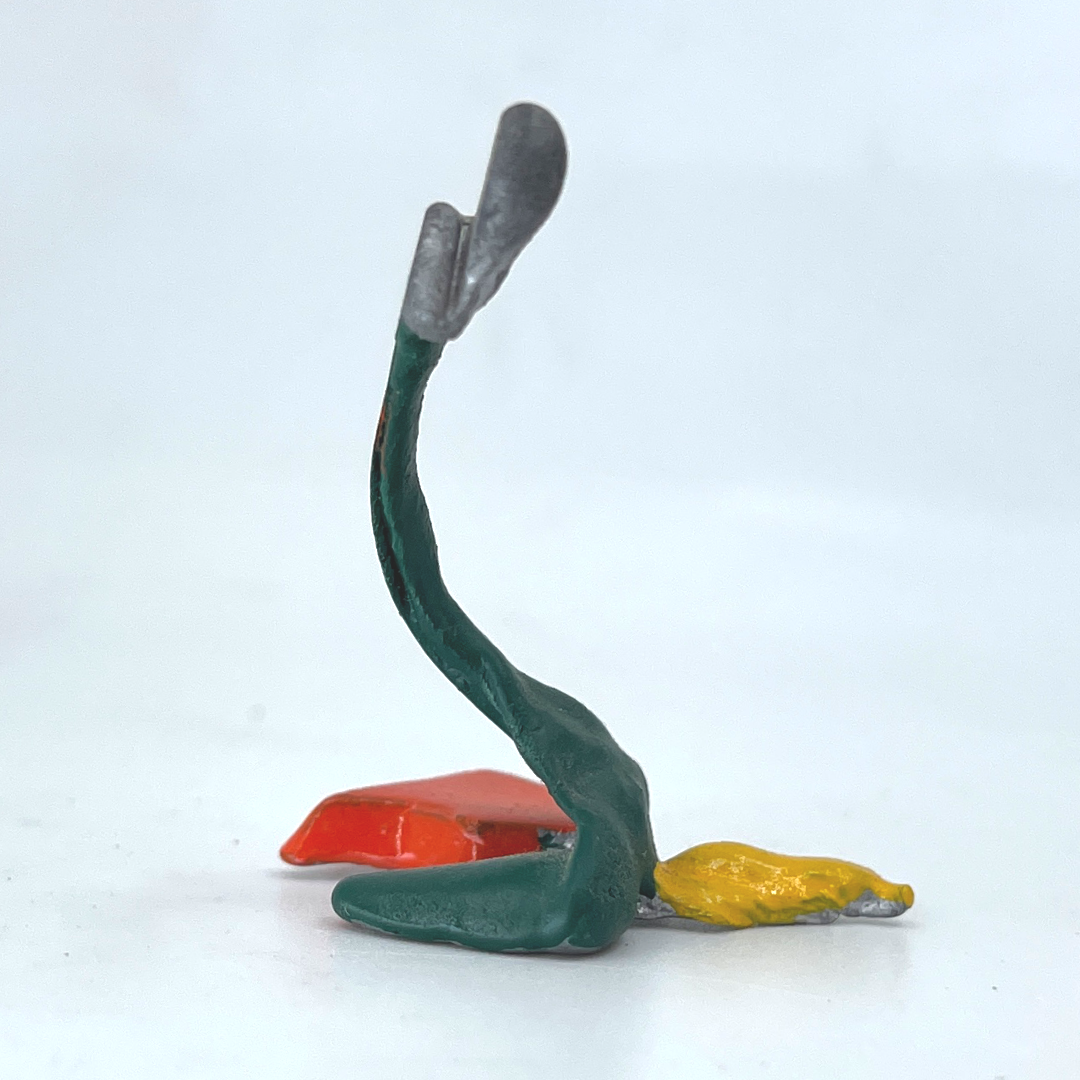
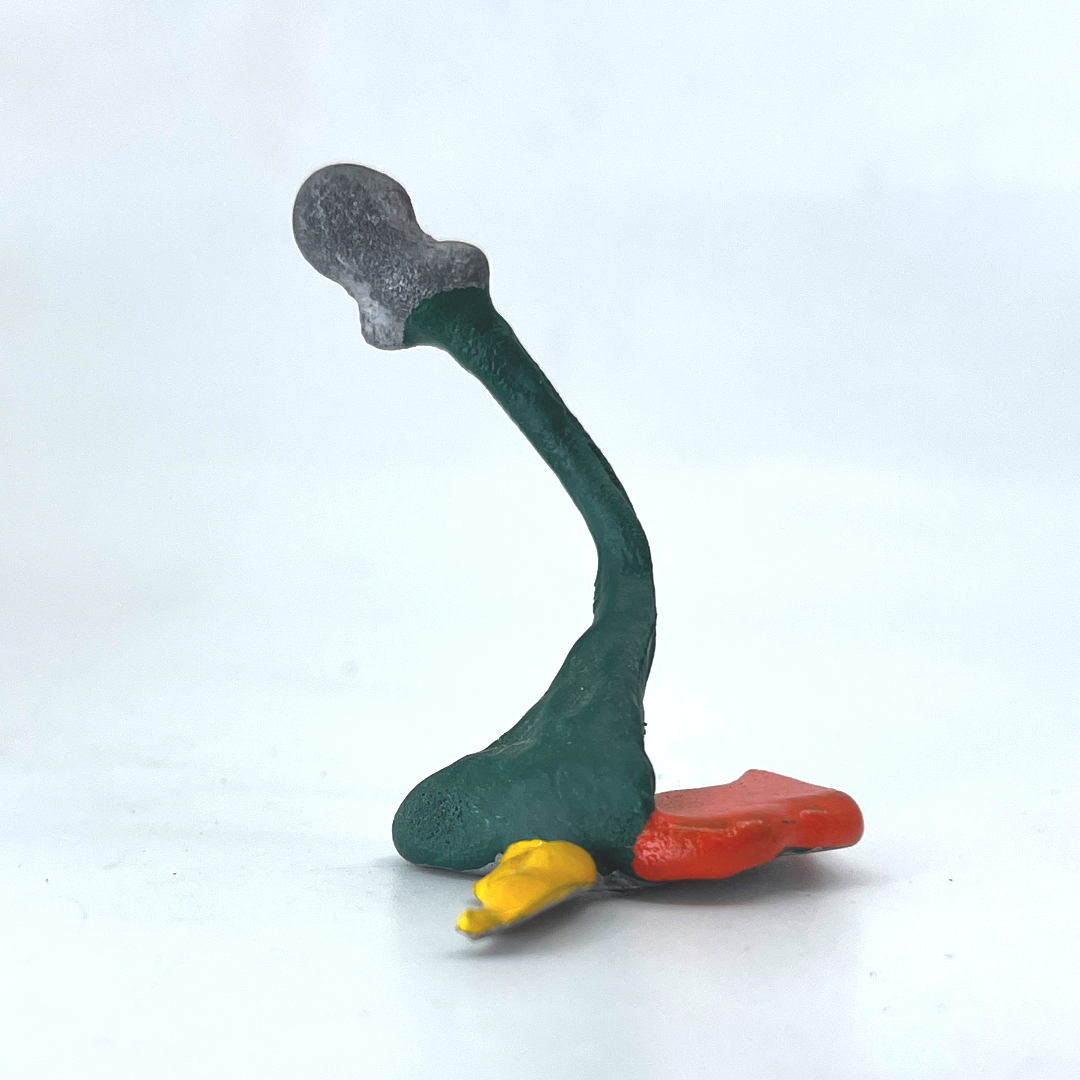
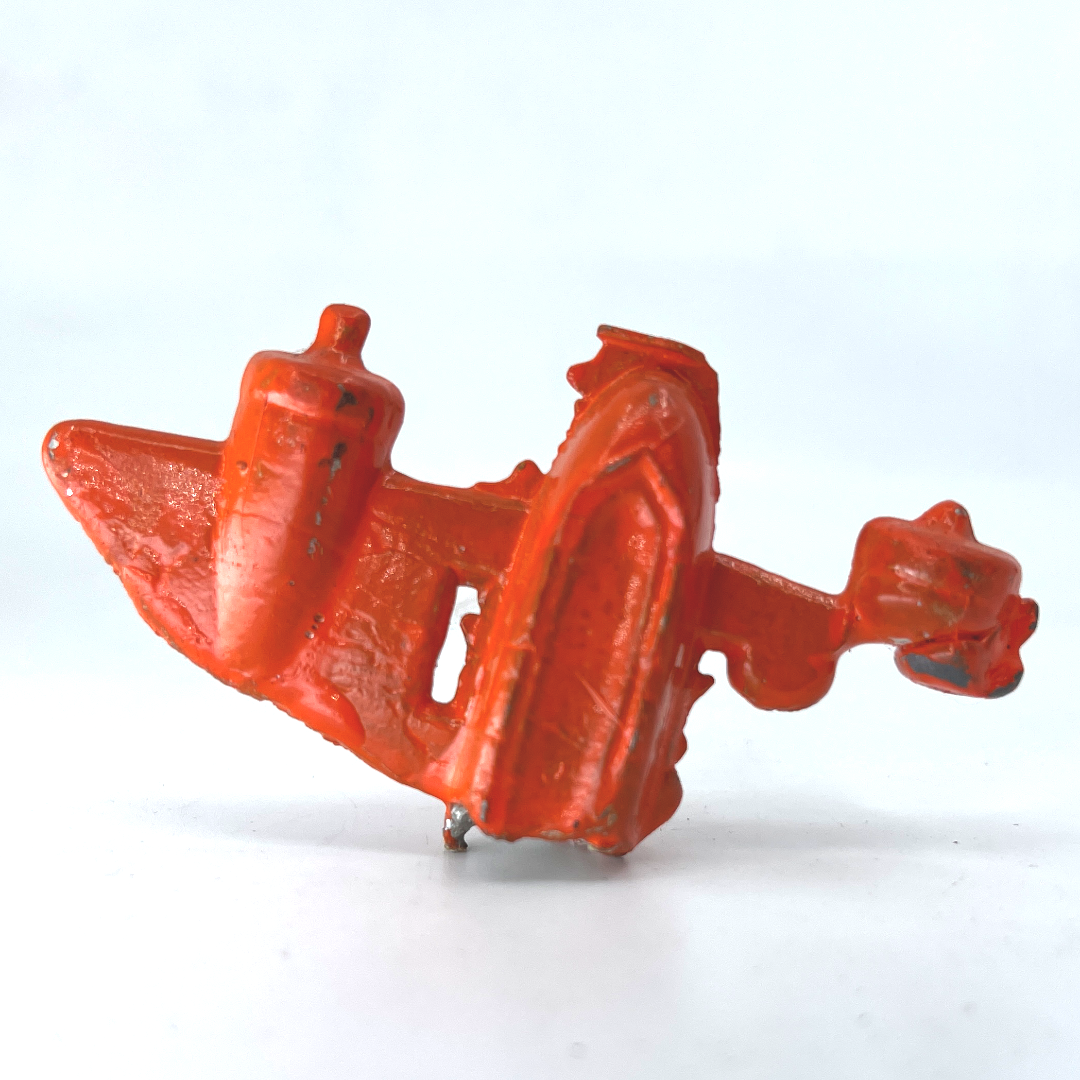
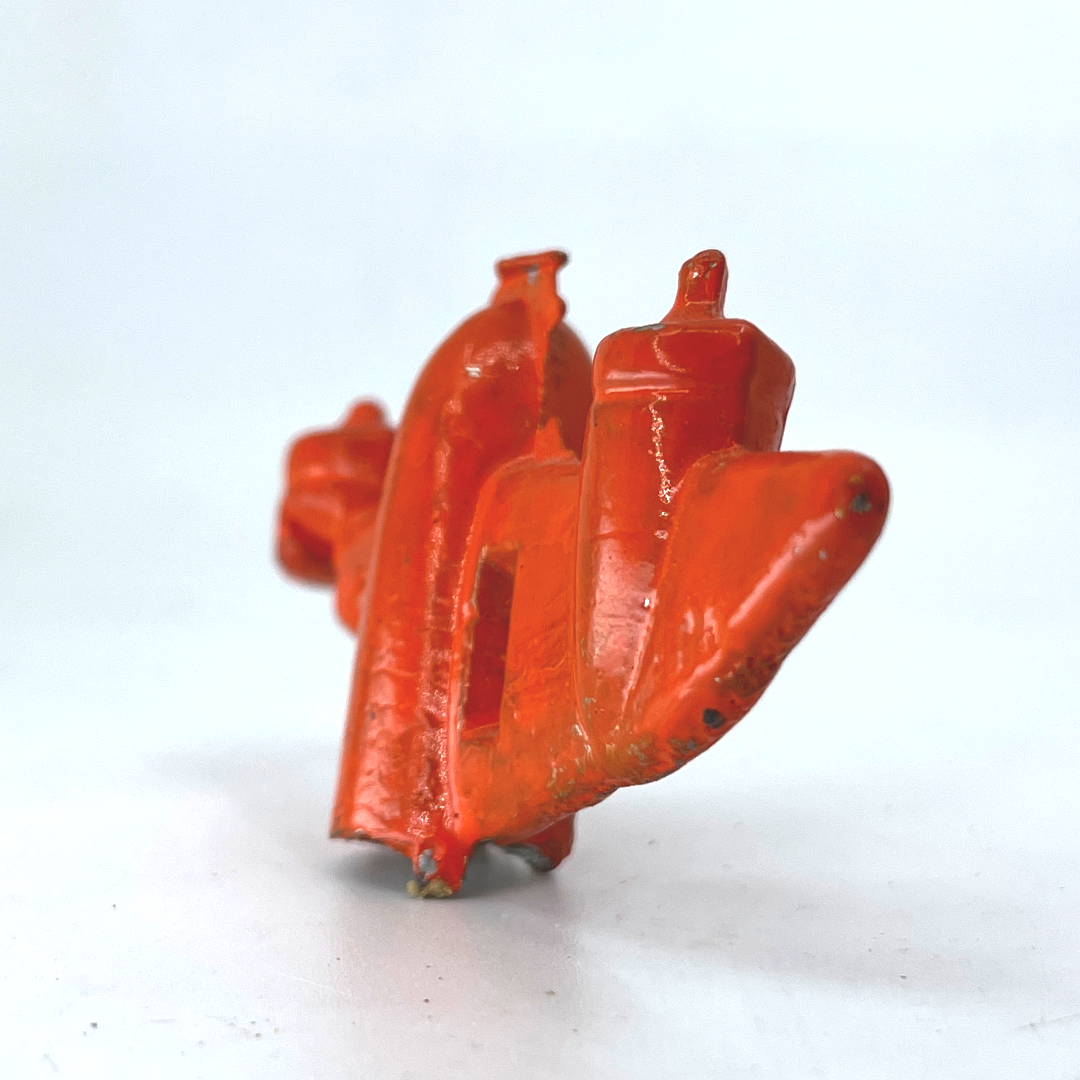
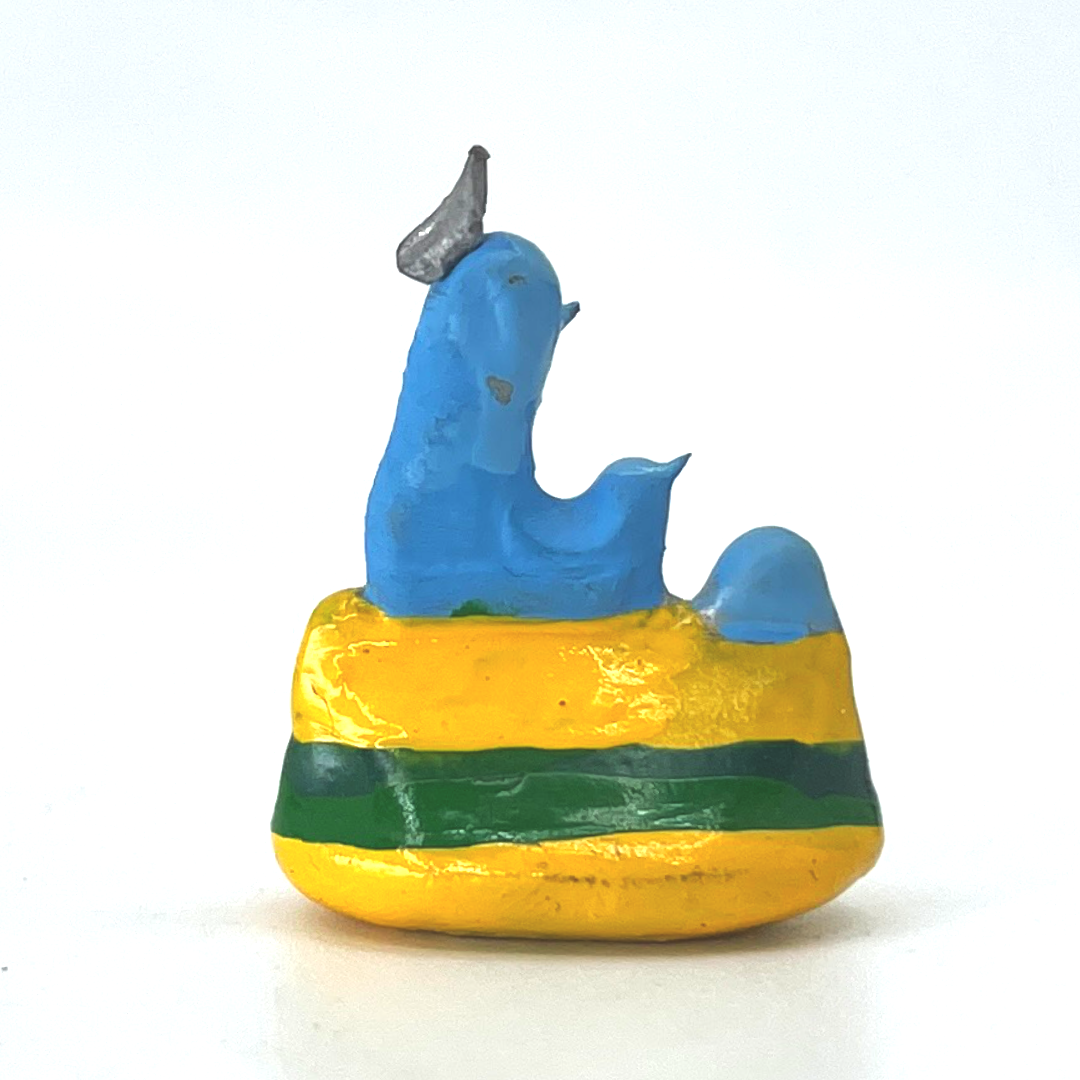


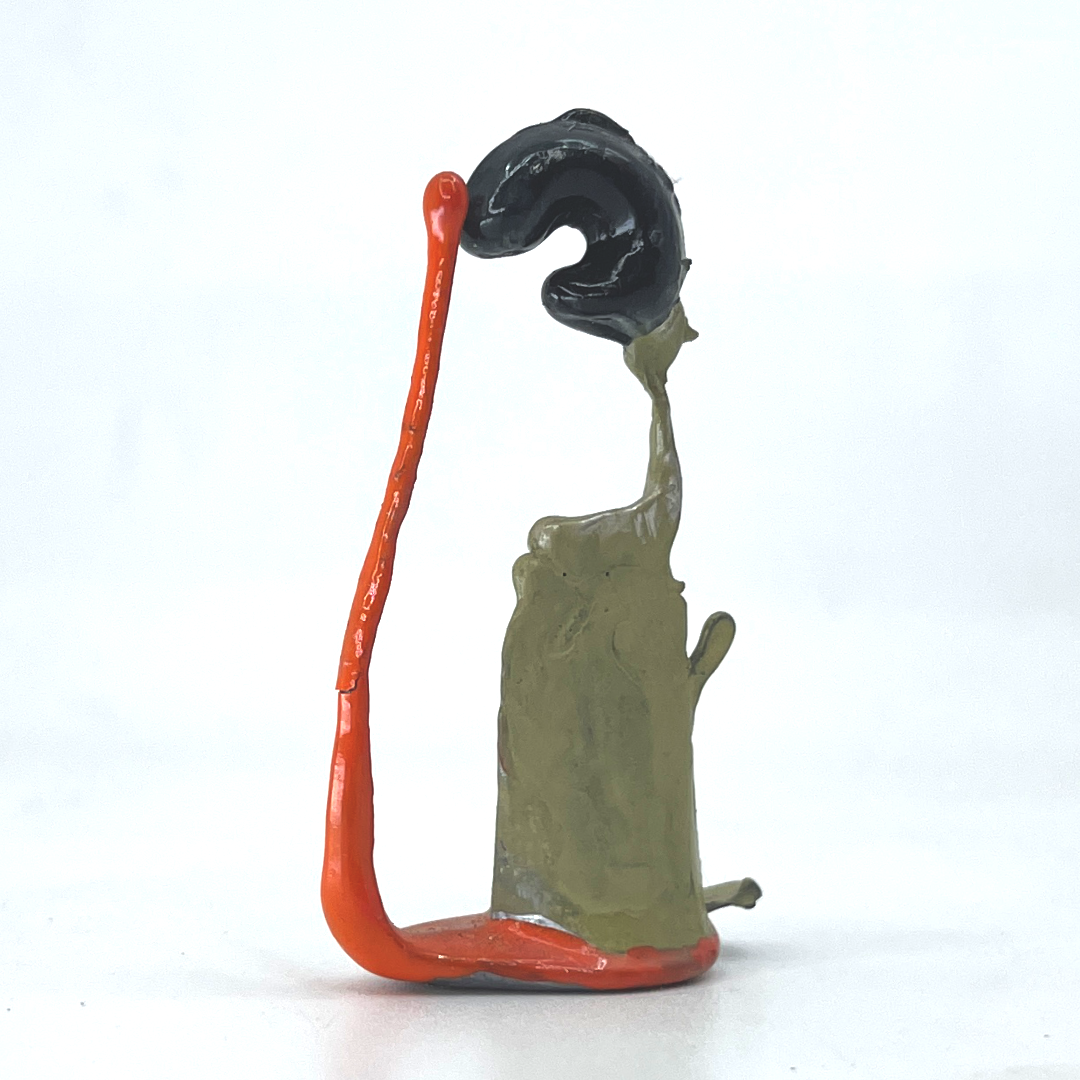
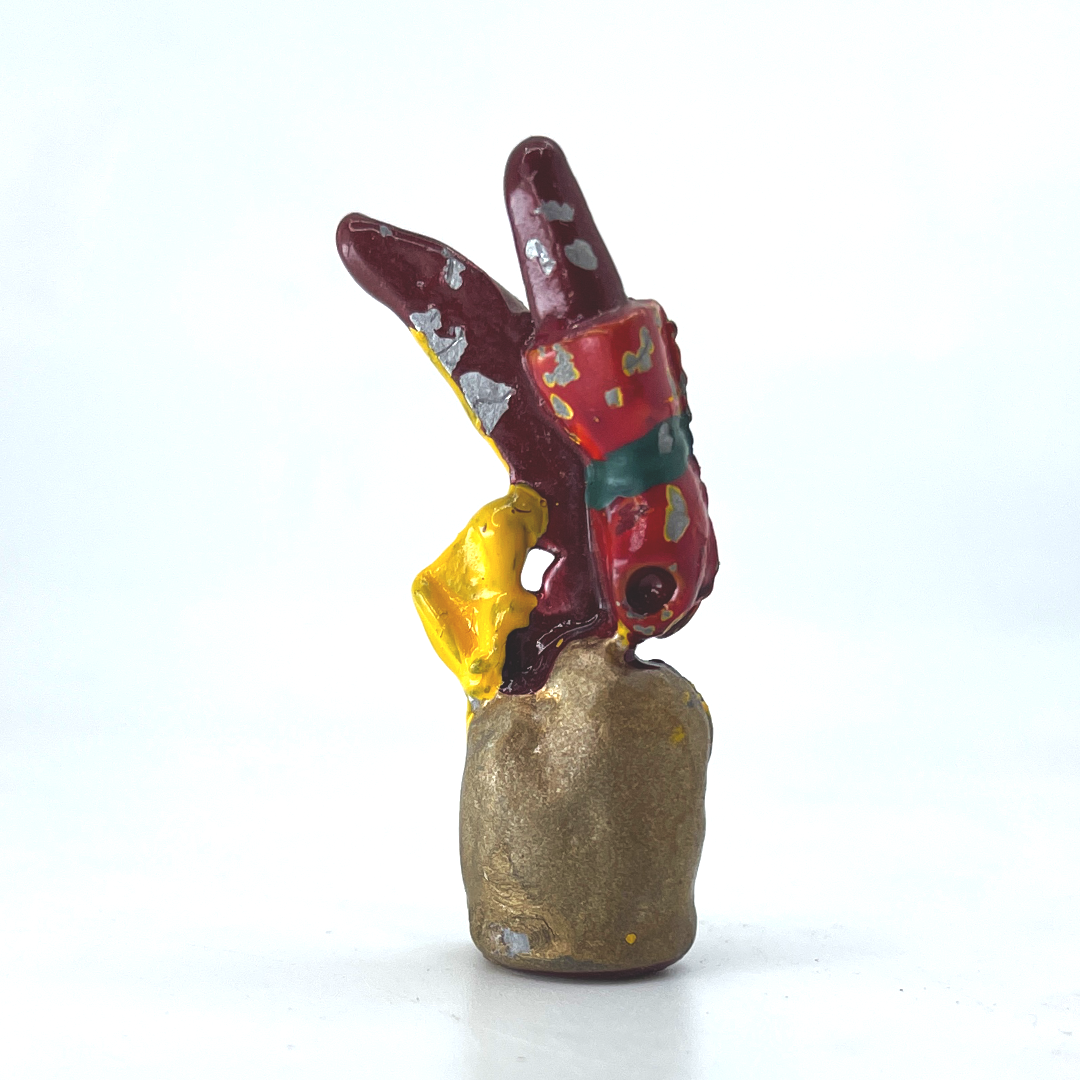
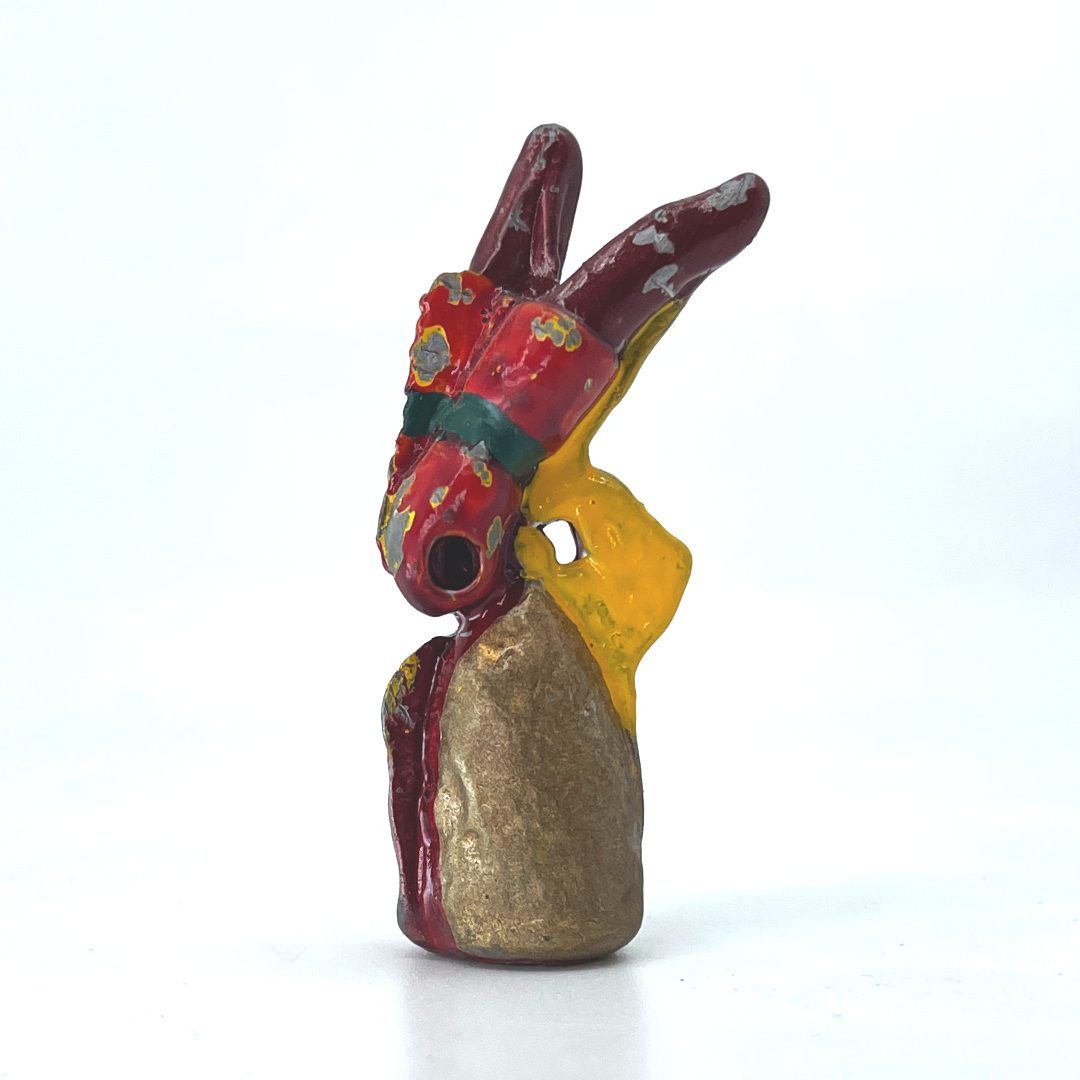

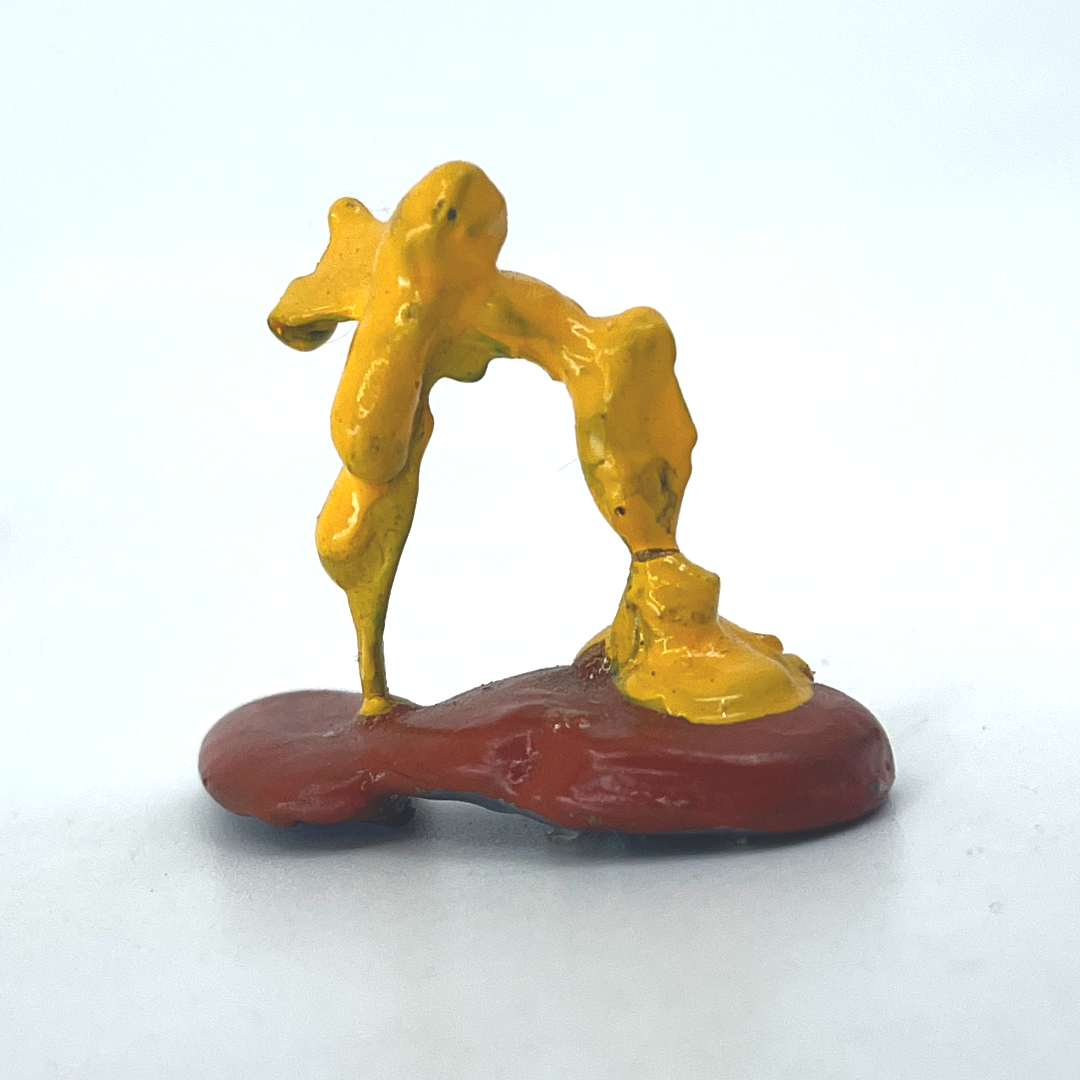
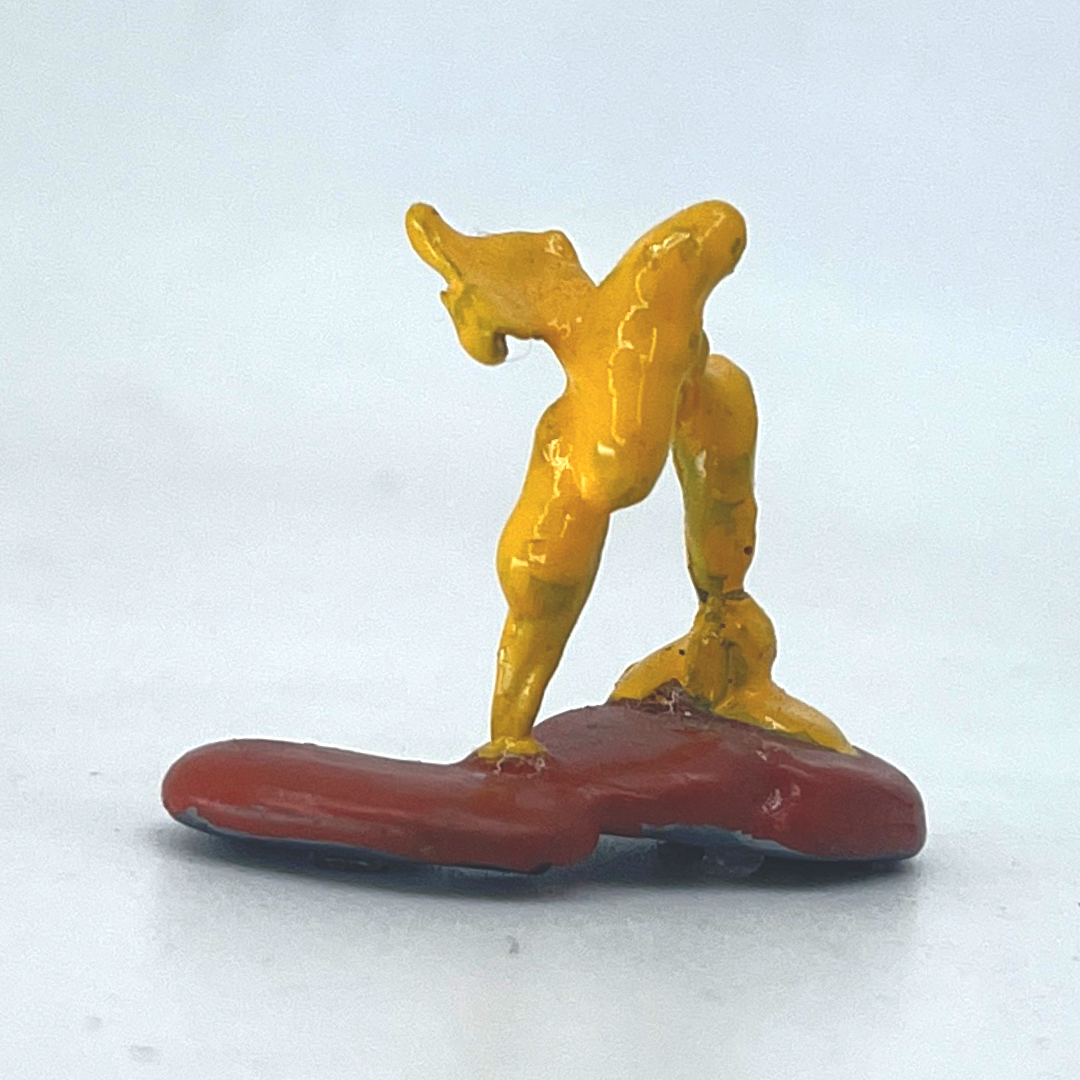
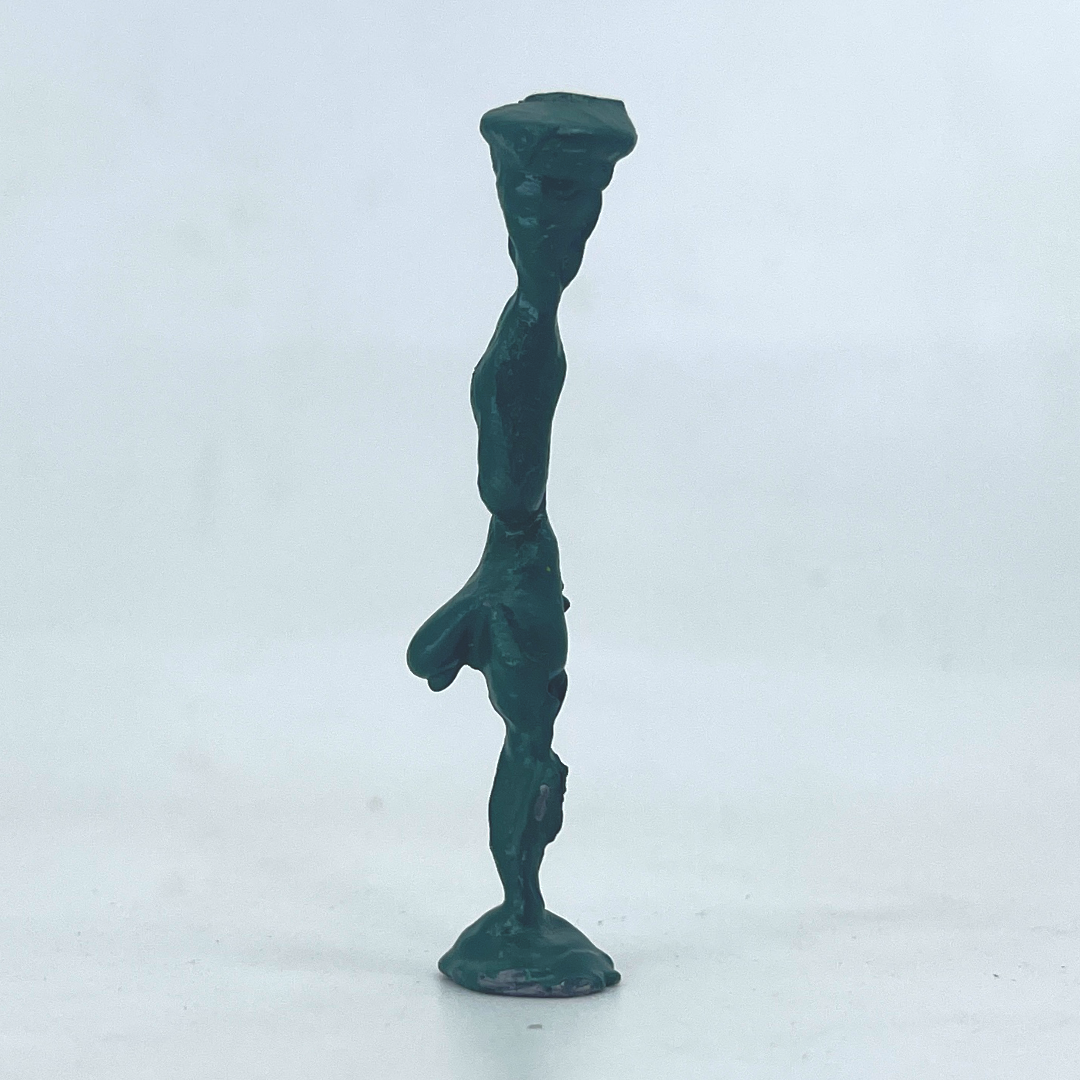


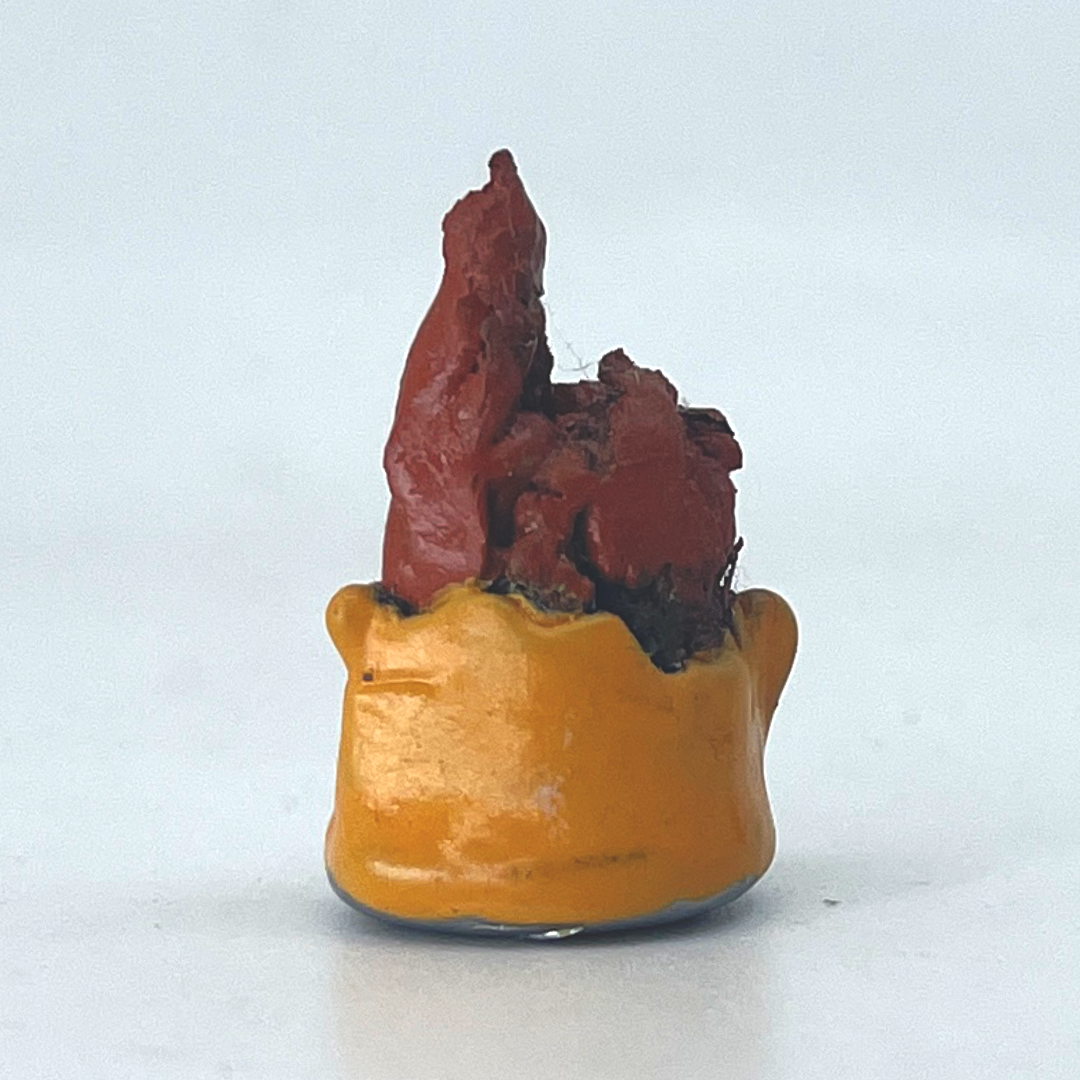
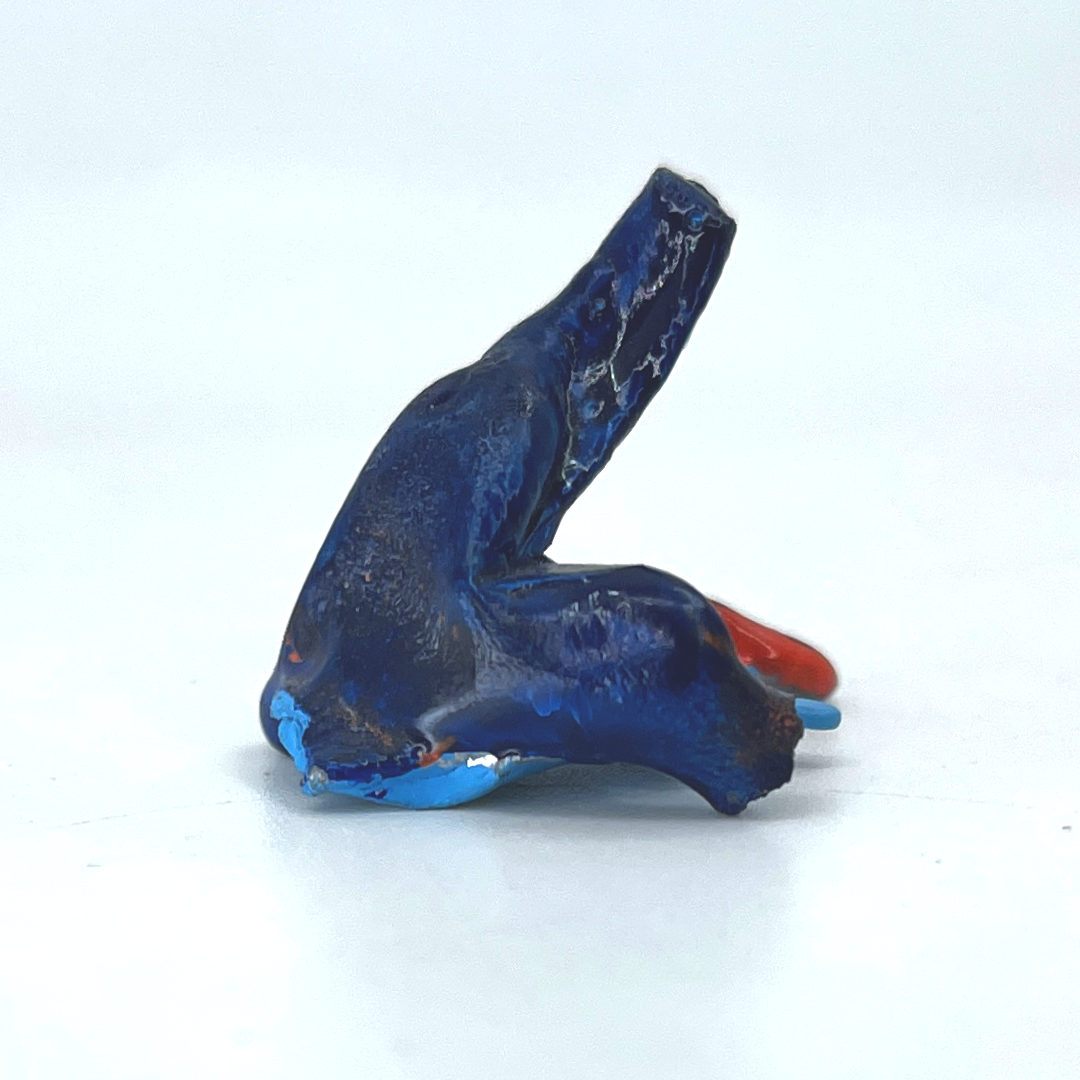
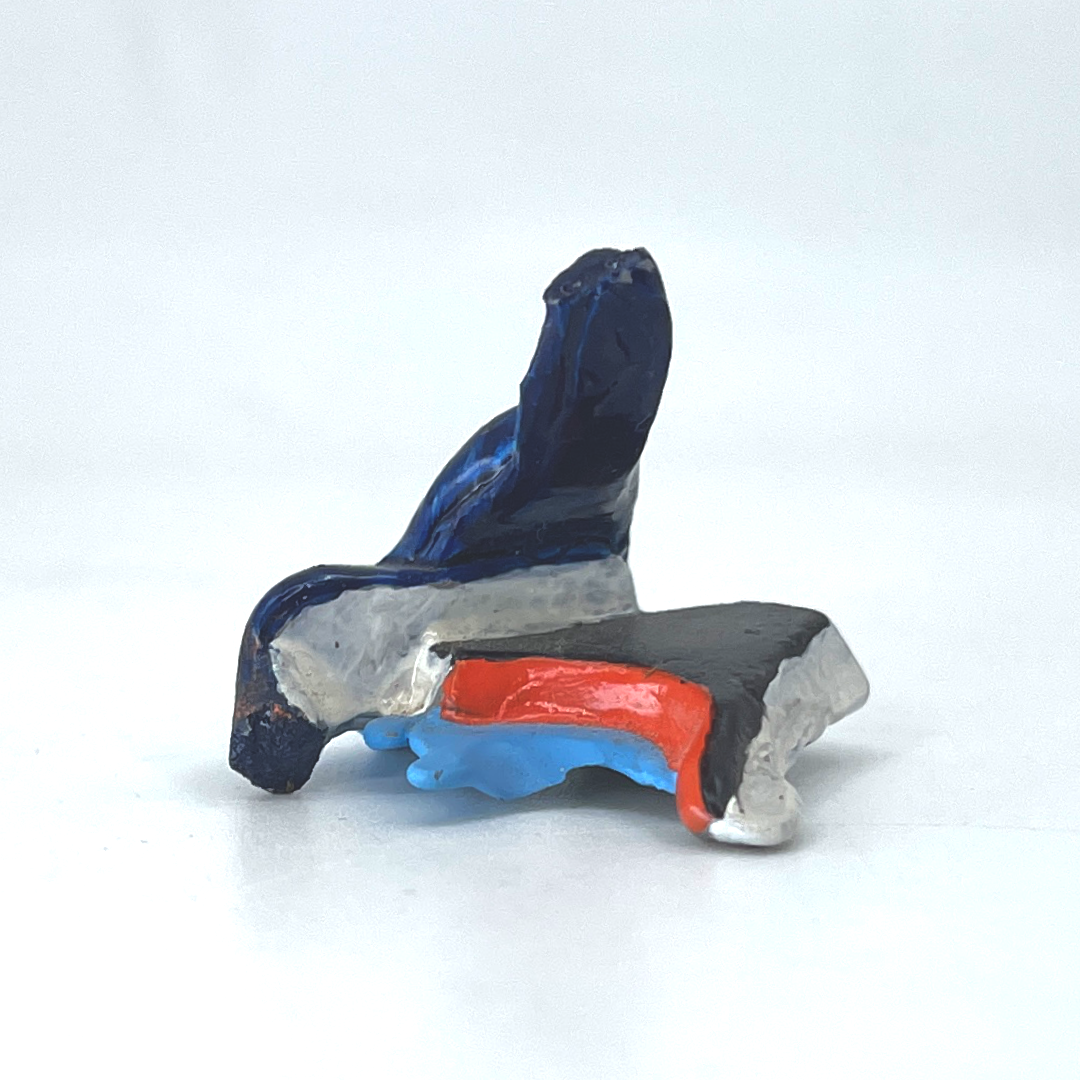
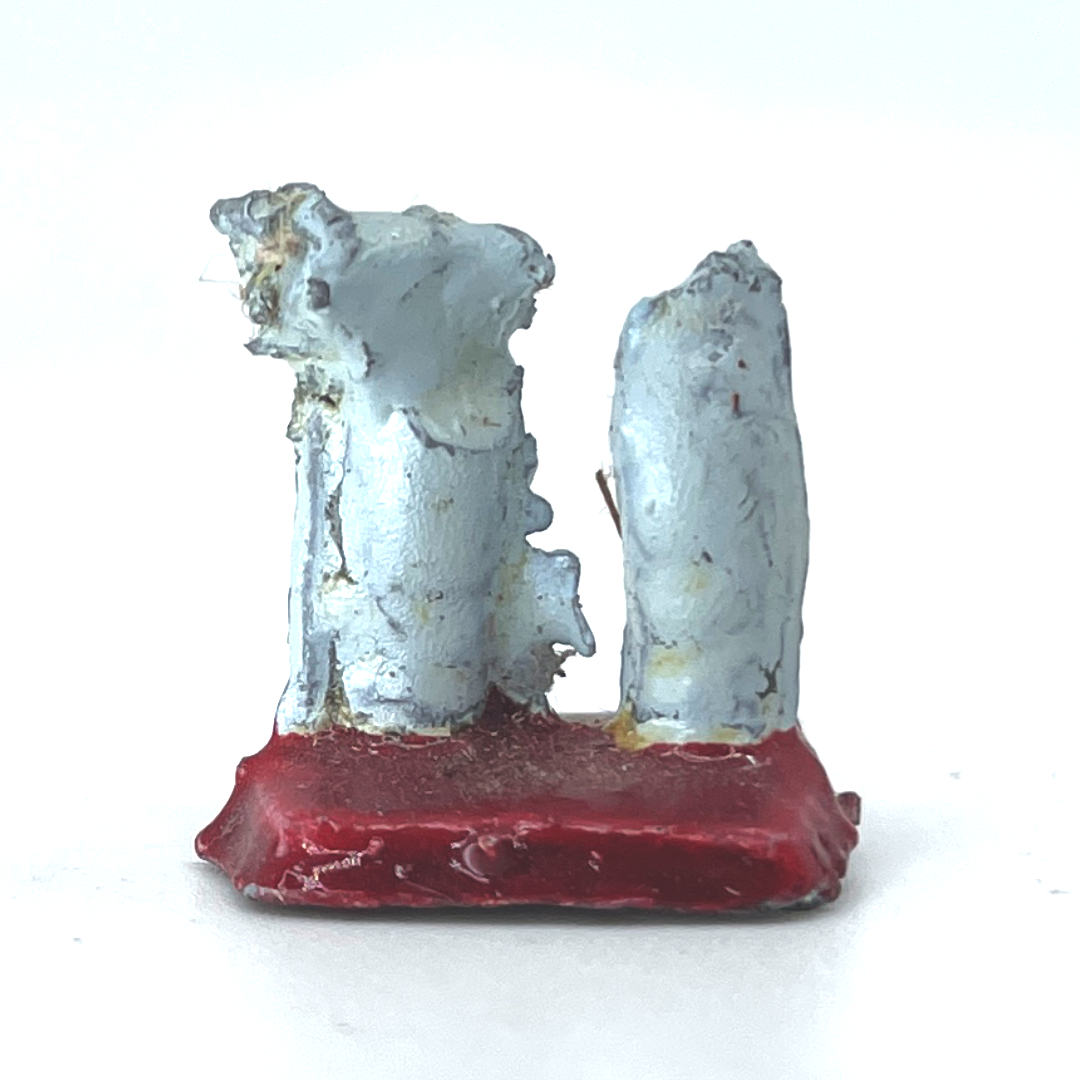
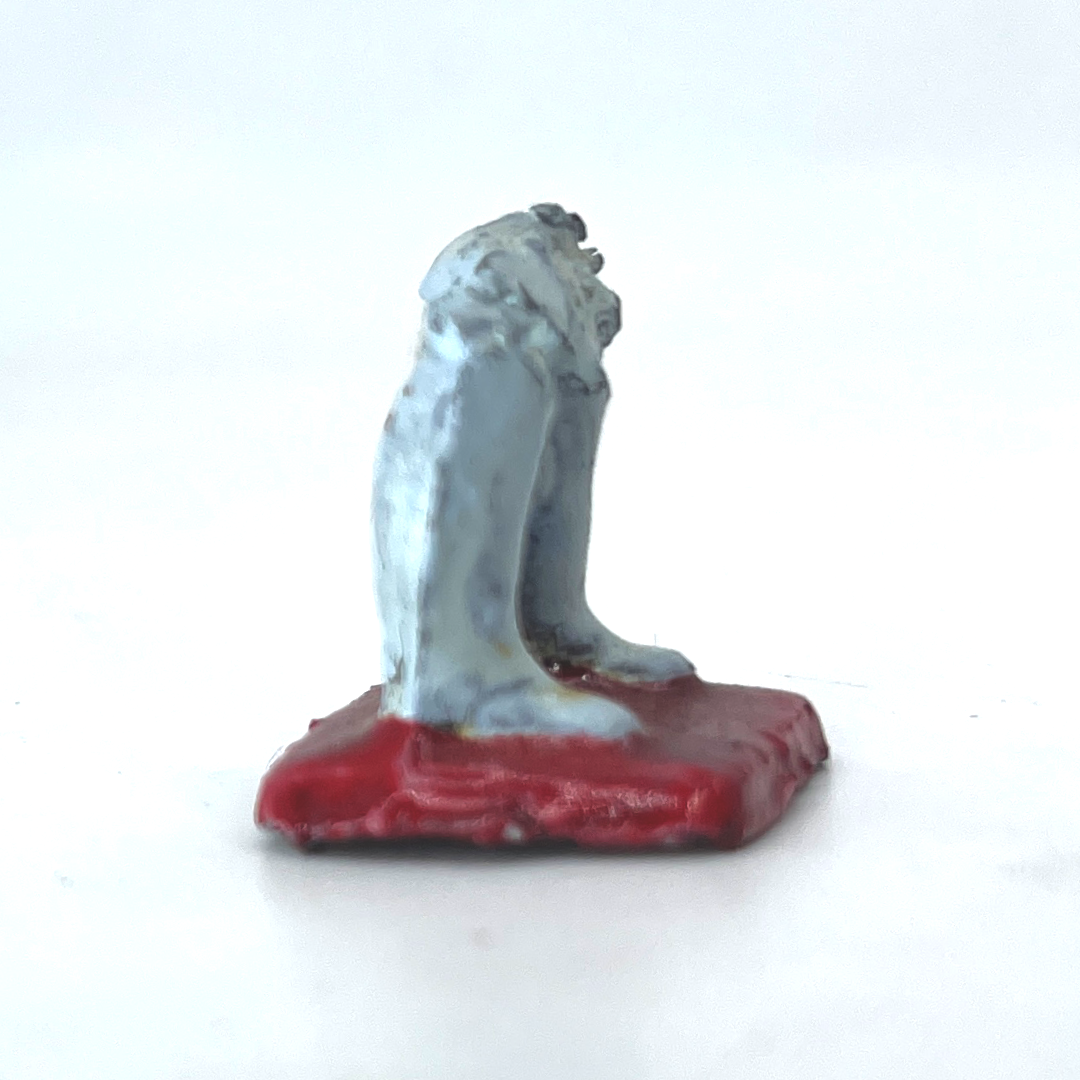
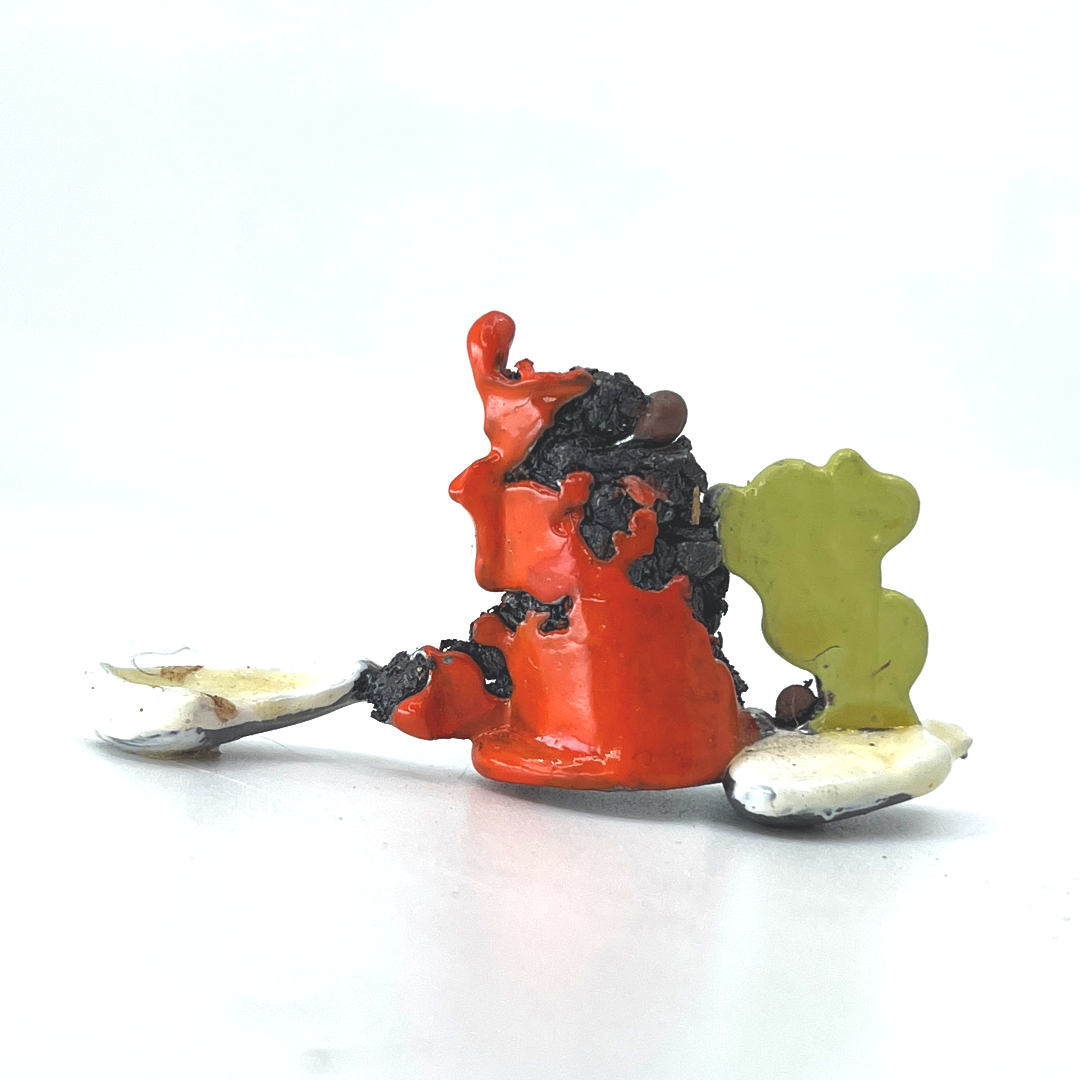
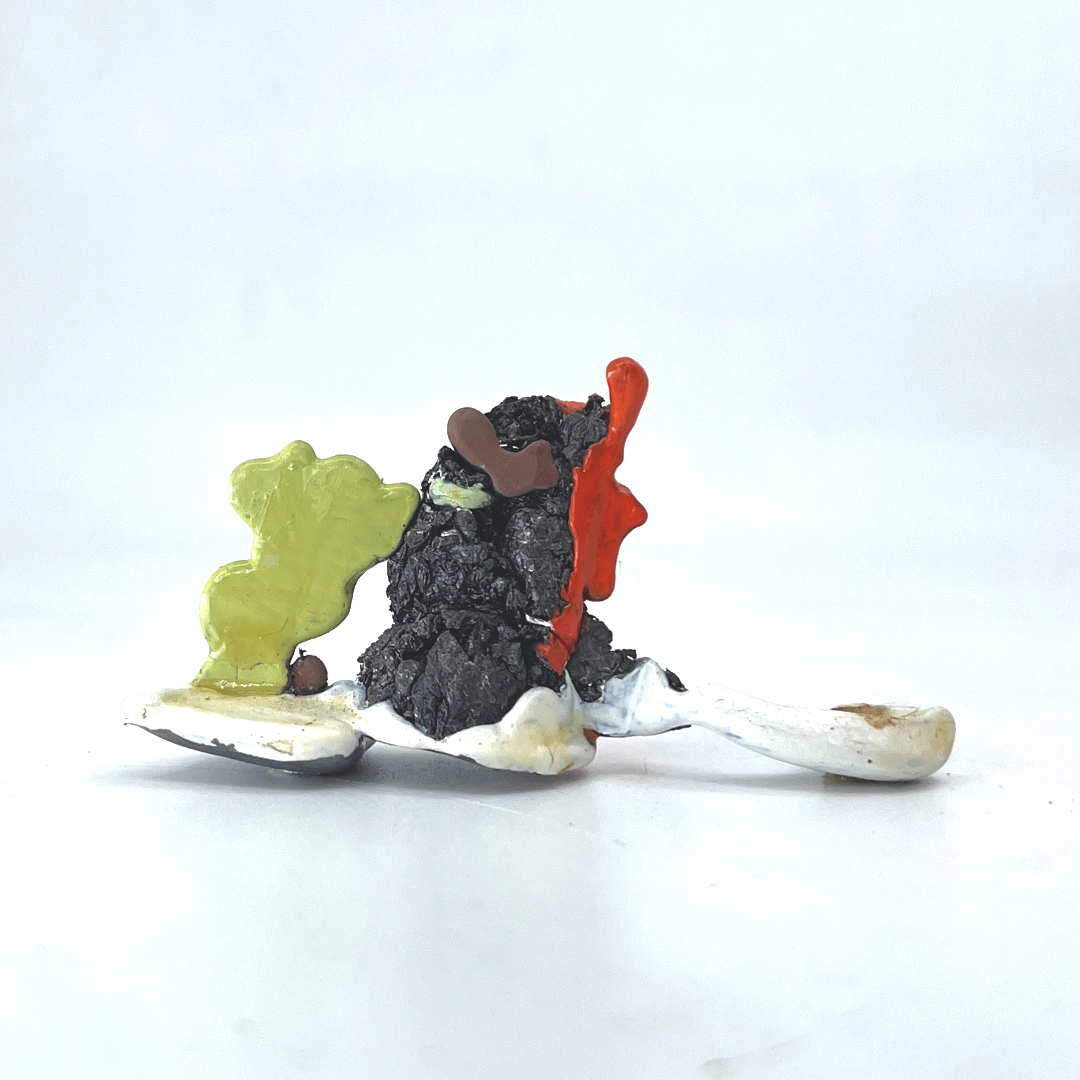
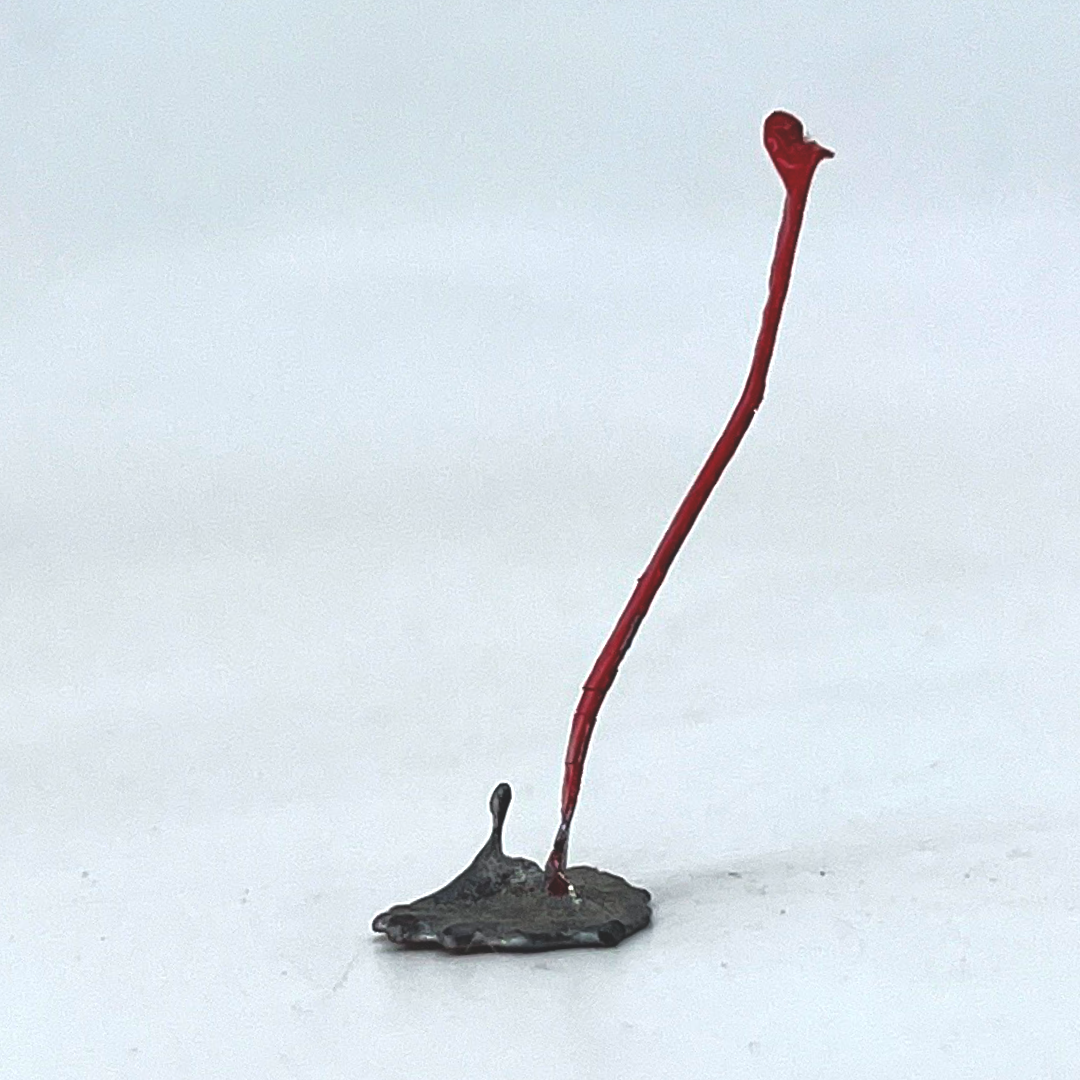
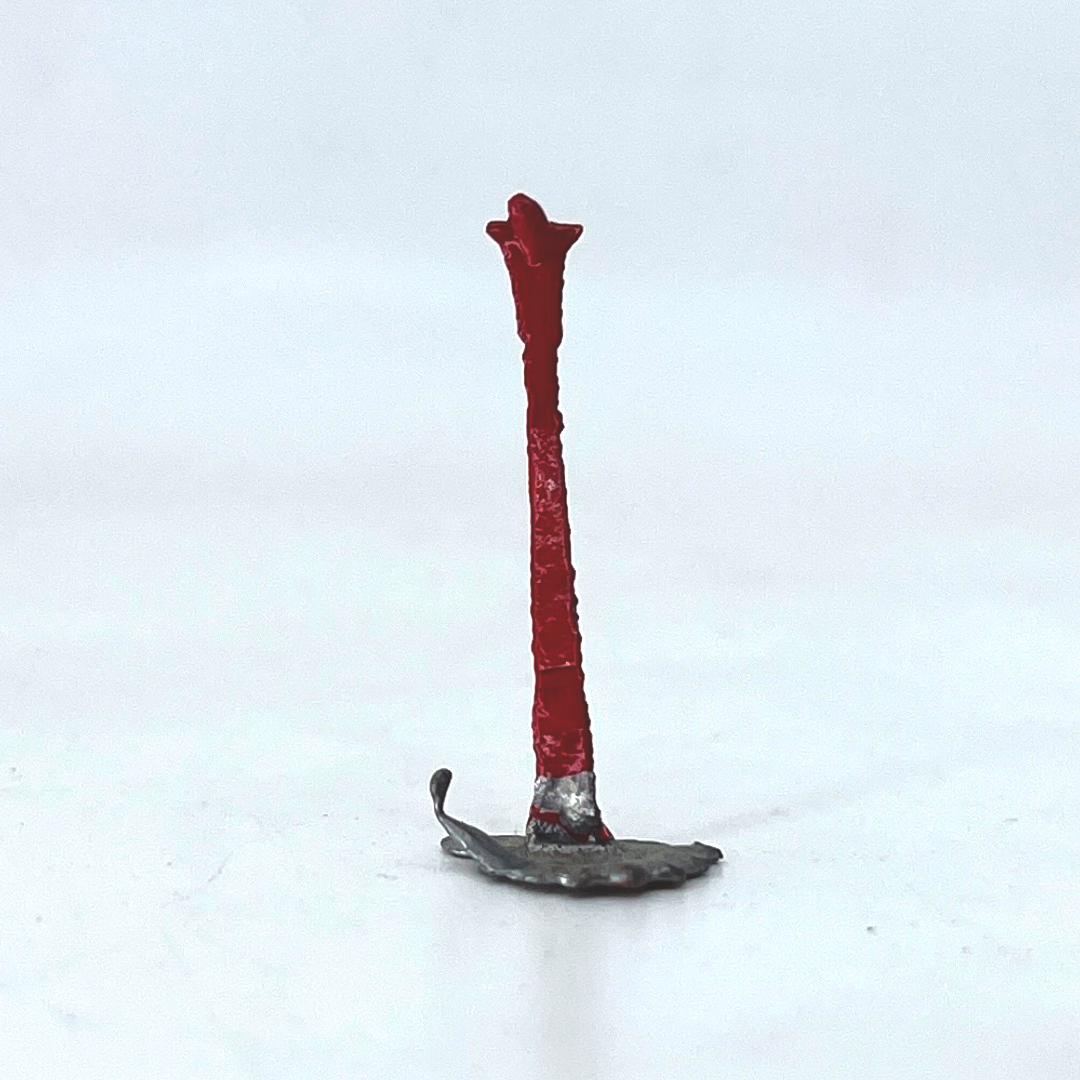




Within the umbrella of the movement, people used a wide variety of artistic forms to protest the logic, reason, and aestheticism of modern capitalism and modern war. To develop their protest, artists tended to make use of nonsense, irrationality, and an anti-bourgeois sensibility.[6][7][8] The art of the movement began primarily as performance[9] art, but eventually spanned visual, literary, and sound media, including collage, sound poetry, cut-up writing, and sculpture. Dadaist artists expressed their discontent toward violence, war, and nationalism and maintained political affinities with radical politics on the left-wing and far-left politics.[10][11][12][13] The movement had no shared artistic style, although most artists had shown interest in the machine aesthetic.[14]
There is no consensus on the origin of the movement's name; a common story is that the artist Richard Huelsenbeck slid a paper knife randomly into a dictionary, where it landed on "dada", a French term for a hobby horse.[15] Others note it suggests the first words of a child, evoking a childishness and absurdity that appealed to the group. Still others speculate it might have been chosen to evoke a similar meaning (or no meaning at all) in any language, reflecting the movement's internationalism.[16]